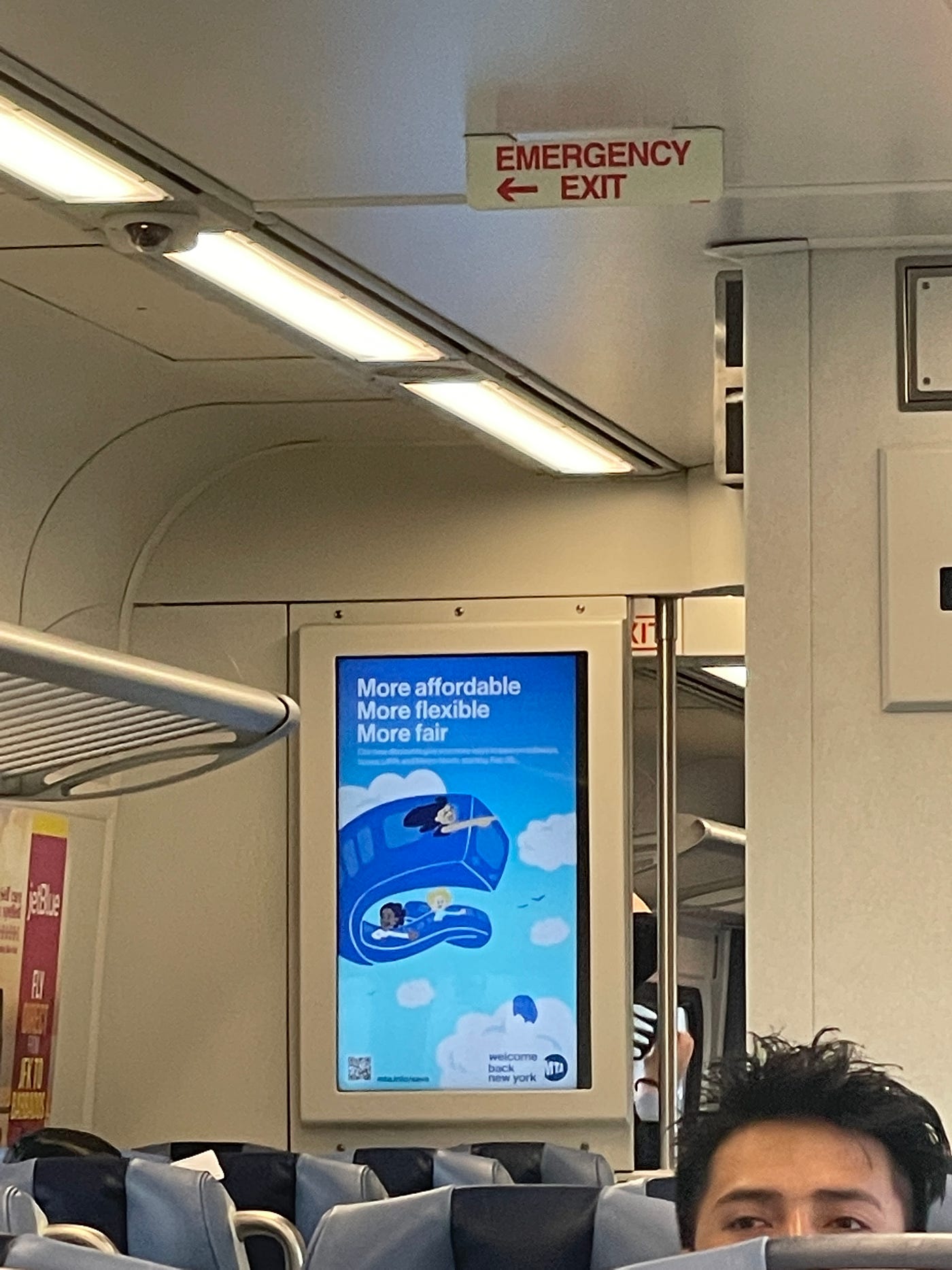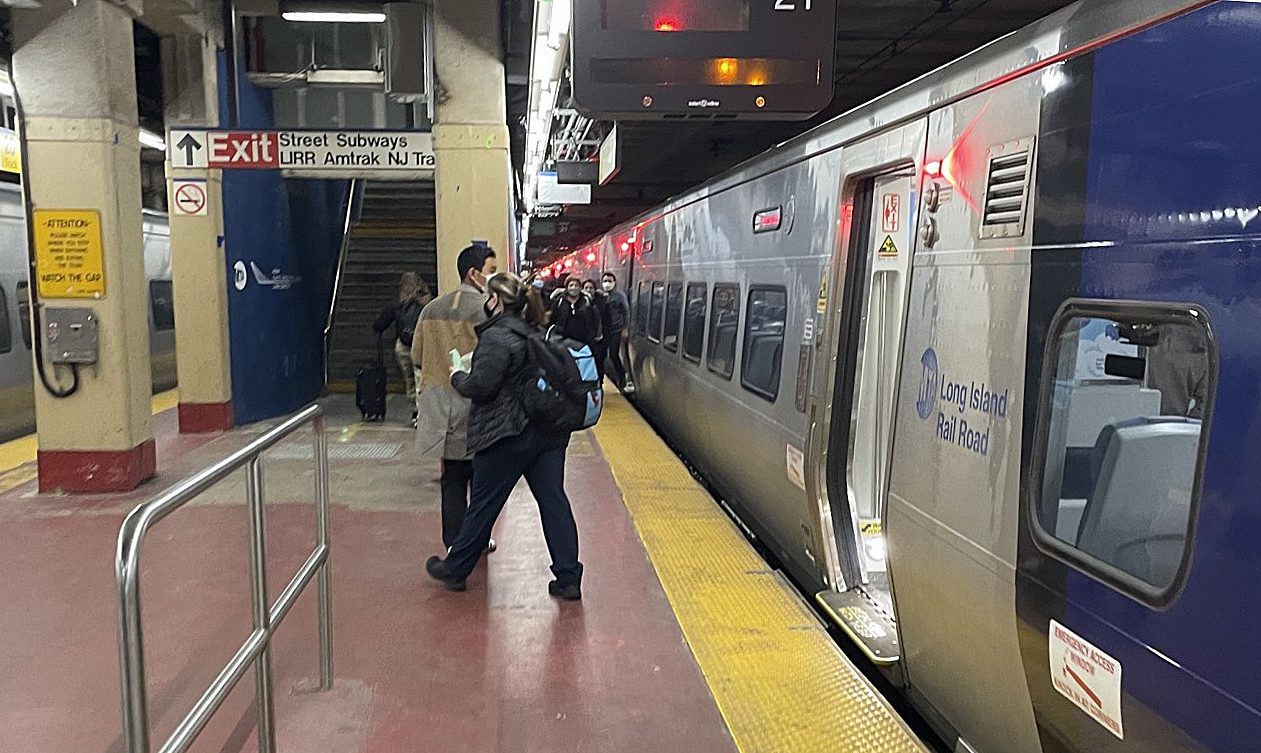By Joshua Lisenberg
With ridership starting to return, the Metropolitan Transportation Authority recently reinstated peak fares on the Long Island Rail Road after nixing them when Covid-19 put a stranglehold on New York City and people stayed home from work in recent years.
More than 165,000 commuters now ride the LIRR on weekdays, after ridership plummeted during the pandemic, according to the MTA’s most recent tally for the week ending April 22.
A peak fare is defined by the MTA as “any weekday train scheduled to arrive in New York City terminals between 6 a.m. and 10 a.m. or depart New York City terminals between 4 p.m. and 8 p.m.” A rider who takes the train from Mineola to Penn Station or Atlantic Terminal pays $9.25 one way during off-peak hours, but during peak hours, that same rider now must pay $12.50, a $3.25 increase in the fare price that was in effect during the pandemic.
Alfonso Castillo, Newsday’s LIRR reporter, said it was inevitable that peak fares would return following months of solely off-peak fares during the pandemic. “I think most regular commuters knew it was only a matter of time. It certainly doesn’t mean they’re happy about it, though,” Castillo said.

The Long Island Advocate conducted a poll recently asking riders on social media if the MTA should eliminate peak fares. Eighty-five percent of people said peak fares should be done away with, while 15 said they should remain. The Advocate also polled riders if they thought the LIRR is too expensive. Seventy-six percent said the railroad is too pricey, while 24 percent said that it is not.
“I think it should just be standard fare; it’s so dumb. It shouldn’t be that expensive,” said Nicole Kennedy, a Hofstra University student who rides the LIRR often to Penn Station.
Back in her home state of Massachusetts, Kennedy often commutes from her home in Foxborough to Boston. It’s a roughly 20-minute ride from her nearest station on a Massachusetts Bay Transportation Bay Authority commuter Rail line. “Back home, I don’t have to worry about on peak or off-peak fares. It’s a flat rate of $7 one way into the city — $14 round trip — still cheaper than the LIRR,” Kennedy said.
The MTA has attempted to soften the blow of the return of peak fairs by introducing a pilot fare program:
- A new 20-trip ticket will offer 20 percent off comparable 20 peak one-way fares when purchased through MTA eTix or at a ticket window. The tickets are valid for 60 days.
- Monthly tickets, which are currently discounted between 48 and 61 percent of the price of a comparable number of one-way peak tickets, will be discounted by an additional 10 percent.
- CityTicket, which offers a reduced, flat fare for rail travel within New York City on weekends, will be extended to all weekday off-peak trains at a fare of $5.

“Transit affordability is also an equity issue, and we are committed to providing a wide range of new discounts while ensuring the MTA maintains a solid bottom line,” MTA Chair and CEO Janno Lieber.
In a prepared statement, the MTA said that it “recognizes the evolving transportation needs of our customers with flexible work hours, and the fare pilot offers new, more affordable ticketing options for Long Island Rail Road and Metro-North Railroad customers.”
For riders seeking change, “There [are] MTA board meetings every month, and lots of people show up to them and are pretty vocal about issues,” Castillo said. Additionally, riders can get involved with the Long Island Railroad Commuter Council, a branch of the MTA’s Permanent Citizens Advisory Committee.









